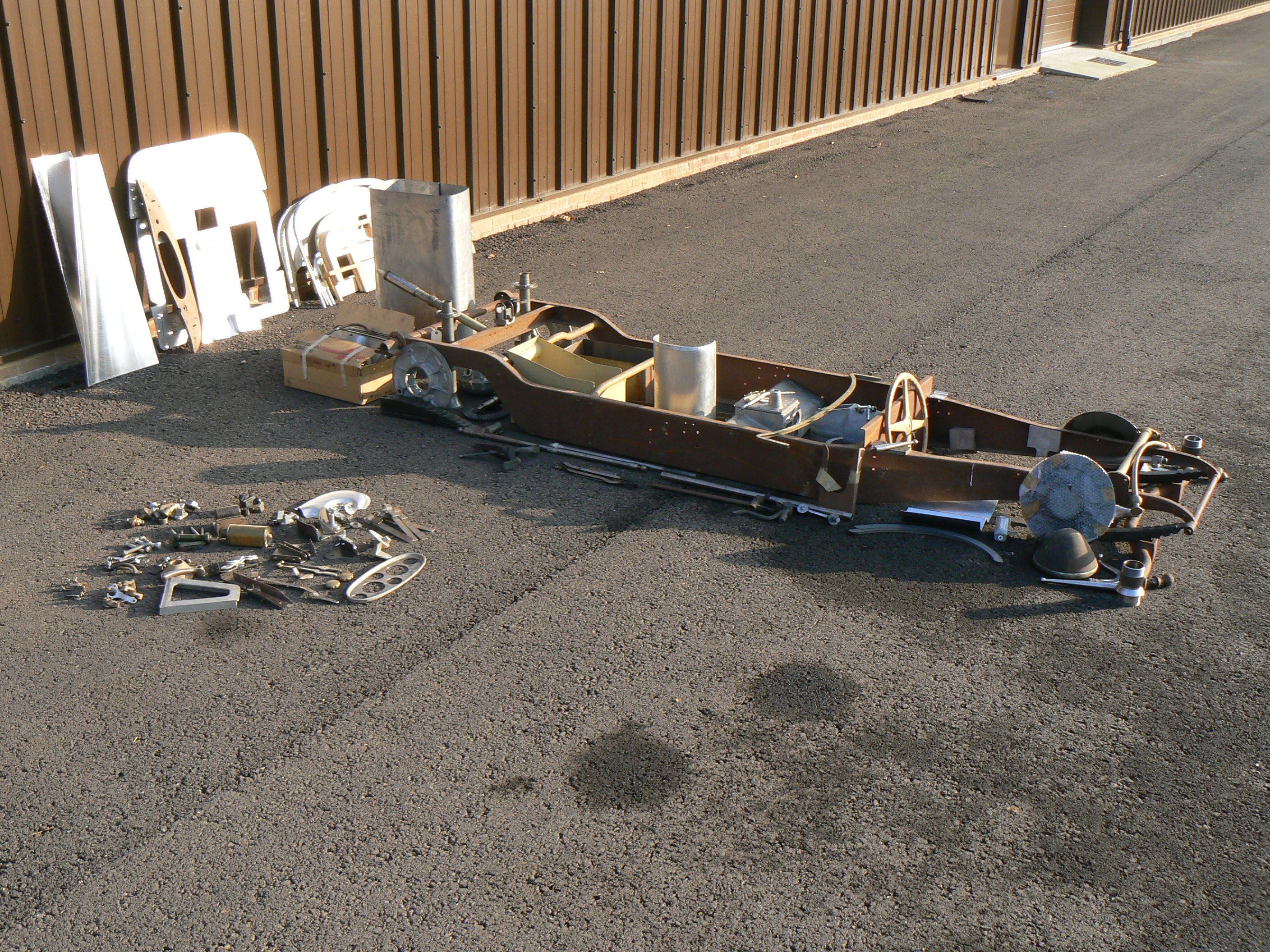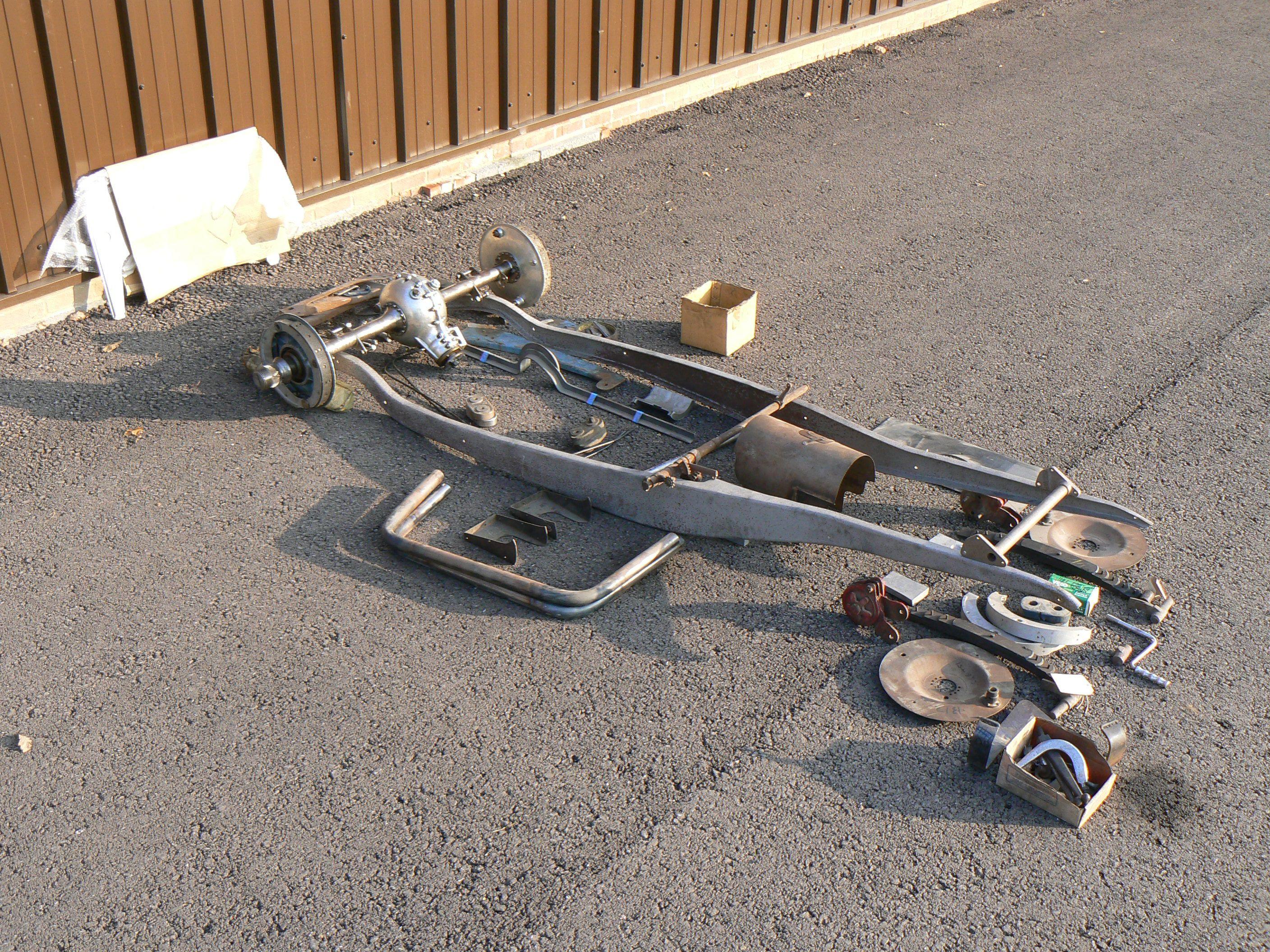Sold by Order of a Direct Descendant Family group: The exceptional Great War M.C. groups of four awarded to the Watson brothers, both of whom trod near identical paths in education and military service, comrades in arms who served alongside one another in the 6th Battalion, East Lancashire Regiment The younger brother, Captain T. P. Watson, 'a brilliant and gallant Adjutant' was killed in action leading his men across the Diala River at night under heavy enemy fire in March 1917, whilst the older brother, Lieutenant J. H. Watson survived the war Military Cross, G.V.R. (Lieut. J. H. Watson. 6th. East Lanc: Regt. Mesopotamia. 17th.-18th. April 1916.), contemporarily engraved naming; 1914-15 Star (2.Lieut. J. H. Watson. E. Lan R.); British War and Victory Medal, latter with M.I.D. oakleaf (Lieut. J. H. Watson.), mounted as worn and contained within a Spink & Son Ltd. display case, nearly extremely fine Military Cross, G.V.R. (Capt. T. P. Watson. 6th. East Lanc: Regt. Mesopotamia. 17th.-18th. April 1916.), contemporarily engraved naming; 1914-15 Star (Lieut: T. P. Watson. E. Lan: R.); British War and Victory Medal, latter with M.I.D. oakleaf (Capt. T. P. Watson.), the B.W.M. erased, otherwise nearly extremely fine (8) M.C. London Gazette 22 December 1916. John Harrison Watson was born on 23 May 1889 at Breaston, the elder son of William John Watson and Alice Jane Watson, of The Hollies, Breaston, Derbyshire. Educated at Stancliffe Hall and Malvern College, he joined the Royal Naval Air Service (Armoured Cars) on 17 October 1914 and served as Petty Officer Mechanic at Pembroke III until 30 January 1915, his service papers noting previous experience working in a local garage and 3 years' service with the Malvern Cadet Corps. Subsequently nominated for a commission in the Army, Watson was appointed 2nd Lieutenant in the 6th Battalion, East Lancashire Regiment, it being noted that his brother was in the same Battalion. Interestingly, his references included the Clerk in Holy Orders at Breaston Rectory and Sydney Rhodes James, Headmaster of Malvern College from 1897-1914, records also noting his passing 'fit' for military service 'if he provides himself with an extra set of upper dentures'. Seeing service in England from January-June 1915, Watson completed a Machine Gun Course at Hayling Island in March 1915 and was appointed Machine Gun Officer. He subsequently sailed from Avonmouth with the 6th Battalion on 16 June 1915, landing at Alexandria then moving to Mudros in preparation for the Gallipoli Campaign. The infantry landed on Cape Helles over 6-16 July to relieve 29th Division. Returning to Mudros at the end of the month, the 6th Battalion then landed at Anzac Cove between 3-5 August, and it is likely that Watson saw action at the Battles of Sari Bair, Russell's Top and Hill 60. Soon afterwards, following heavy losses, the 6th Battalion transferred from Anzac Cove to Suvla Bay, but were evacuated from the latter around 20 December 1915. After a week's rest and recuperation, necessitated by exhaustion and extreme weather conditions, they moved to the Helles bridgehead and witnessed the last Turkish attacks at Helles on 7 January 1916. Evacuated to Port Said on the night of 8/9 January, Watson would spend the rest of the month and part of February with the 6th Battalion holding forward posts in the Suez Canal defences. On 12 February 1916, the Battalion departed Port Said for Mesopotamia, disembarking and transferring to Basrah a few days later. Joining the Tigris Corps on 27 March the unit was heavily engaged in the attempts to relieve the besieged garrison at Kut-al-Amara, followed by actions including the capture of the Hai Salient, the capture of Dahra Bend and the passage of the Diyala - in pursuit of the enemy towards Baghdad. Baghdad eventually fell on 11 March 1917, the Lancashire Fusiliers website noting: 'Thousands of Lancastrians fought their way to Baghdad in the Mesopotamian Campaign of World War I. From the three prede
Sold by Order of a Direct Descendant Family group: The exceptional Great War M.C. groups of four awarded to the Watson brothers, both of whom trod near identical paths in education and military service, comrades in arms who served alongside one another in the 6th Battalion, East Lancashire Regiment The younger brother, Captain T. P. Watson, 'a brilliant and gallant Adjutant' was killed in action leading his men across the Diala River at night under heavy enemy fire in March 1917, whilst the older brother, Lieutenant J. H. Watson survived the war Military Cross, G.V.R. (Lieut. J. H. Watson. 6th. East Lanc: Regt. Mesopotamia. 17th.-18th. April 1916.), contemporarily engraved naming; 1914-15 Star (2.Lieut. J. H. Watson. E. Lan R.); British War and Victory Medal, latter with M.I.D. oakleaf (Lieut. J. H. Watson.), mounted as worn and contained within a Spink & Son Ltd. display case, nearly extremely fine Military Cross, G.V.R. (Capt. T. P. Watson. 6th. East Lanc: Regt. Mesopotamia. 17th.-18th. April 1916.), contemporarily engraved naming; 1914-15 Star (Lieut: T. P. Watson. E. Lan: R.); British War and Victory Medal, latter with M.I.D. oakleaf (Capt. T. P. Watson.), the B.W.M. erased, otherwise nearly extremely fine (8) M.C. London Gazette 22 December 1916. John Harrison Watson was born on 23 May 1889 at Breaston, the elder son of William John Watson and Alice Jane Watson, of The Hollies, Breaston, Derbyshire. Educated at Stancliffe Hall and Malvern College, he joined the Royal Naval Air Service (Armoured Cars) on 17 October 1914 and served as Petty Officer Mechanic at Pembroke III until 30 January 1915, his service papers noting previous experience working in a local garage and 3 years' service with the Malvern Cadet Corps. Subsequently nominated for a commission in the Army, Watson was appointed 2nd Lieutenant in the 6th Battalion, East Lancashire Regiment, it being noted that his brother was in the same Battalion. Interestingly, his references included the Clerk in Holy Orders at Breaston Rectory and Sydney Rhodes James, Headmaster of Malvern College from 1897-1914, records also noting his passing 'fit' for military service 'if he provides himself with an extra set of upper dentures'. Seeing service in England from January-June 1915, Watson completed a Machine Gun Course at Hayling Island in March 1915 and was appointed Machine Gun Officer. He subsequently sailed from Avonmouth with the 6th Battalion on 16 June 1915, landing at Alexandria then moving to Mudros in preparation for the Gallipoli Campaign. The infantry landed on Cape Helles over 6-16 July to relieve 29th Division. Returning to Mudros at the end of the month, the 6th Battalion then landed at Anzac Cove between 3-5 August, and it is likely that Watson saw action at the Battles of Sari Bair, Russell's Top and Hill 60. Soon afterwards, following heavy losses, the 6th Battalion transferred from Anzac Cove to Suvla Bay, but were evacuated from the latter around 20 December 1915. After a week's rest and recuperation, necessitated by exhaustion and extreme weather conditions, they moved to the Helles bridgehead and witnessed the last Turkish attacks at Helles on 7 January 1916. Evacuated to Port Said on the night of 8/9 January, Watson would spend the rest of the month and part of February with the 6th Battalion holding forward posts in the Suez Canal defences. On 12 February 1916, the Battalion departed Port Said for Mesopotamia, disembarking and transferring to Basrah a few days later. Joining the Tigris Corps on 27 March the unit was heavily engaged in the attempts to relieve the besieged garrison at Kut-al-Amara, followed by actions including the capture of the Hai Salient, the capture of Dahra Bend and the passage of the Diyala - in pursuit of the enemy towards Baghdad. Baghdad eventually fell on 11 March 1917, the Lancashire Fusiliers website noting: 'Thousands of Lancastrians fought their way to Baghdad in the Mesopotamian Campaign of World War I. From the three prede















Testen Sie LotSearch und seine Premium-Features 7 Tage - ohne Kosten!
Lassen Sie sich automatisch über neue Objekte in kommenden Auktionen benachrichtigen.
Suchauftrag anlegen